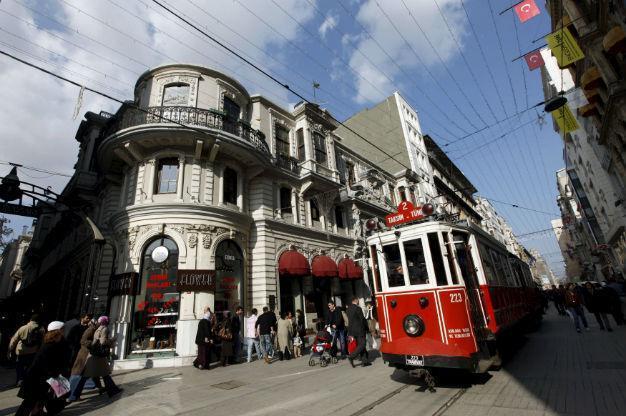Istanbul public transport sees record lows after terror attacks
ISTANBUL

REUTERS photo
The number of people using public transportation in Istanbul has plummeted after deadly terror attacks rocked both Turkey’s biggest metropolis and its capital in less than a week in March, daily Habertürk reported on April 5.
According to figures from the Istanbul Electric Tram and Tunnel Company (İETT), the city’s major transportation authority, the number of passengers taking public transportation before the March 13 Ankara terror attack was 5.6 million per day. With the attack, this number decreased to 3.9 million and dropped even lower following the March 19 attack in Istanbul, bottoming out at 2.3 million, marking the lowest number in March.
The İETT figures on March 26 showed the number of Istanbul residents using all kinds of public transportation was 4.9 million, which is still less compared to the figures before the Ankara attack, highlighting that people continue to remain cautious of possible future attacks.
The İETT also revealed that on the day of the Istanbul attack, which occurred on Istiklal Avenue, the city’s busiest pedestrian thoroughfare, the number of passengers using İETT vehicles was 1,127,000. After the attack, however, this number decreased to 612,000.
Ridership on Istanbul’s metro has also taken a hit from the terror attacks, as the number of passengers using it daily plummeted from around 1 million to 593,000.
The March 19 attack in Istanbul was allegedly carried out by an Islamic State of Iraq and Levant (ISIL) suicide bomber who killed four foreign tourists and wounded more than 30 on the Istiklal Avenue.
After the attack, many of the metropolis’ most crowded hubs, such as Bağdat Street on the city’s Asian side and Nişantaşı on its European side, were virtually deserted, as shopping malls across the city witnessed record lows in the number of visitors and revenues at theaters fell more than 50 percent.
